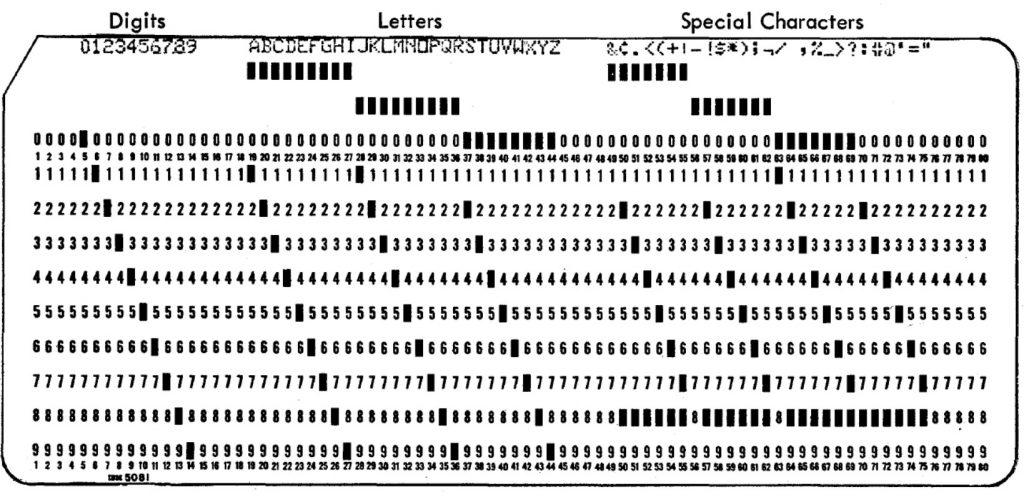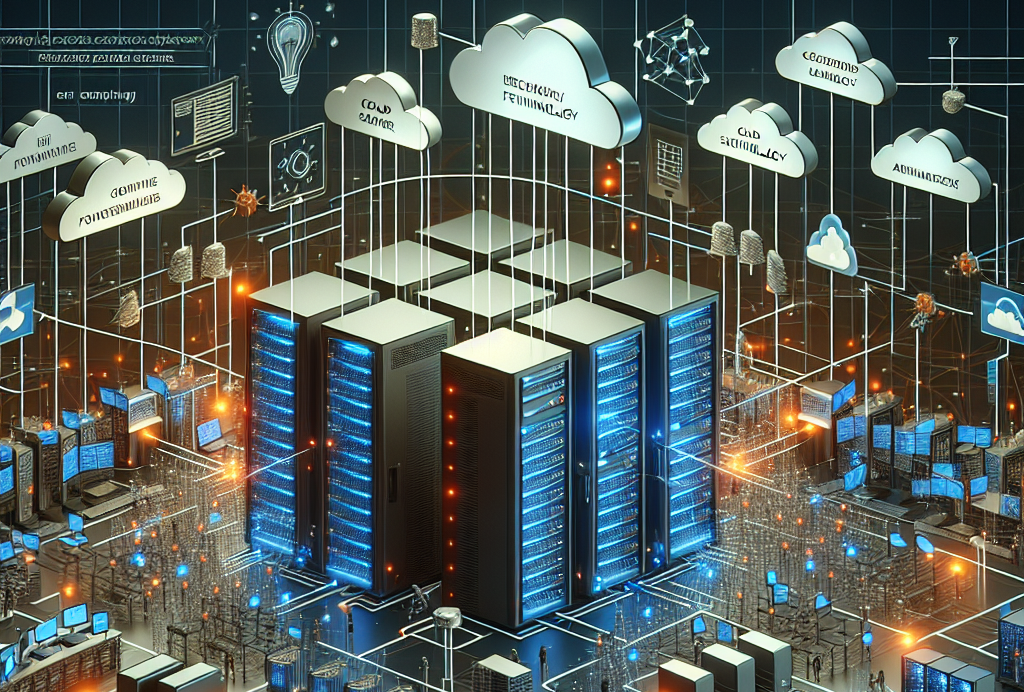Generative AI (GenAI) is fascinating and full of potential, especially in its early stages of development. One of the most exciting applications gaining traction is the automated generation of software code from natural language prompts. This breakthrough suggests a future where reliance on traditional software developers could be significantly reduced.
But how advanced is this technology today? Can GenAI truly create complete, functional applications? And what implications does this hold for developers, analysts, and end users in the software development process? These questions define the shifting landscape of GenAI in software creation.
The Current State of GenAI in Software Development
As with any emerging technology, Generative AI has its limitations. While the automated generation of software code is possible, the results are often rudimentary and lack the complexity required for real-world applications. GenAI also faces challenges in interpreting abstract concepts, making it difficult to translate nuanced ideas into functional code.
Despite these hurdles, advancements in research and development hint at a promising future for GenAI. Powered by machine learning and neural networks, this technology could generate advanced, efficient software solutions with minimal human input.
GenAI analyzes large code datasets to identify patterns, best practices, and optimization techniques for more efficient outputs. While its current capabilities are limited, it has already shown promise in creating tailored software programs for specific tasks. As technology evolves, it could transform software design, enabling new applications and simpler development processes.
Potential Benefits of GenAI
One of the most significant advantages of GenAI in software development is its potential to increase efficiency and speed. By automating coding tasks, developers can focus on creative and critical thinking, speeding up project completion.
Moreover, GenAI has the potential to reduce human error and improve code quality. GenAI analyzes data and identifies patterns to create optimized, bug-free code more effectively than traditional methods.
Lastly, with a tech talent shortage in many industries, GenAI can help by enabling non-technical people to create functional code. This democratization of software development could lead to increased innovation and growth in various industries.
Implications of GenAI for Developers, Analysts, and End Users
The rise of Generative AI (GenAI) is poised to redefine traditional roles within the software development process. Developers can focus on higher-level tasks like system architecture, design, and quality assurance, while analysts take on a key role in creating precise natural language inputs for GenAI to generate code.
For end-users, this evolution could empower them to create basic applications without needing any coding expertise. It can also encourage collaboration between non-technical individuals, developers, and analysts, enabling teams to create innovative software solutions together.
Implications of GenAI for Information Security
As GenAI advances, we may reach a point where software code is generated entirely without human input. While this milestone would represent a remarkable achievement in automation, it also introduces significant information security challenges. Without human oversight, vulnerabilities, exploits, or malicious code could inadvertently be introduced into systems.
To reduce these risks, it’s crucial to prioritize strong cybersecurity practices when developing and using GenAI-driven software. Ensuring that security remains a top priority will be critical as we embrace this new era of software creation.
Implications for Data Privacy and Ethics
The growing capabilities of GenAI also bring pressing questions about data privacy and ethical considerations. With access to vast datasets, including sensitive personal information, concerns arise about how this technology will manage and protect such data.
Additionally, the potential for biased or discriminatory outputs from GenAI systems must not be overlooked. As with any artificial intelligence, it is essential to address these risks by designing systems that are fair, transparent, and accountable. Developers must actively work to minimize biases and ensure ethical practices are embedded throughout the process.
Governments and regulatory bodies will also play a critical role in defining guidelines and frameworks to address these challenges. As GenAI grows in software development, oversight is needed to protect data privacy, ensure ethics, and support responsible innovation.
Conclusion
In conclusion, GenAI is still in its early stages, but its potential to automate software development is immense. While its current capabilities are limited, ongoing advancements could soon enable it to create complex, efficient code with minimal human input.
As GenAI grows, traditional software development roles may evolve, driving efficiency and innovation. However, it’s crucial to address potential risks and prioritize information security as the technology advances. With continued exploration and development, GenAI has the power to transform the world of software creation in unimaginable ways.
Click here for a post on the future of GenAI to create groundbreaking applications.

 Welcome to the App Development category on Tech2Exec. In this category, we explore the world of mobile and web application development.
Welcome to the App Development category on Tech2Exec. In this category, we explore the world of mobile and web application development.









